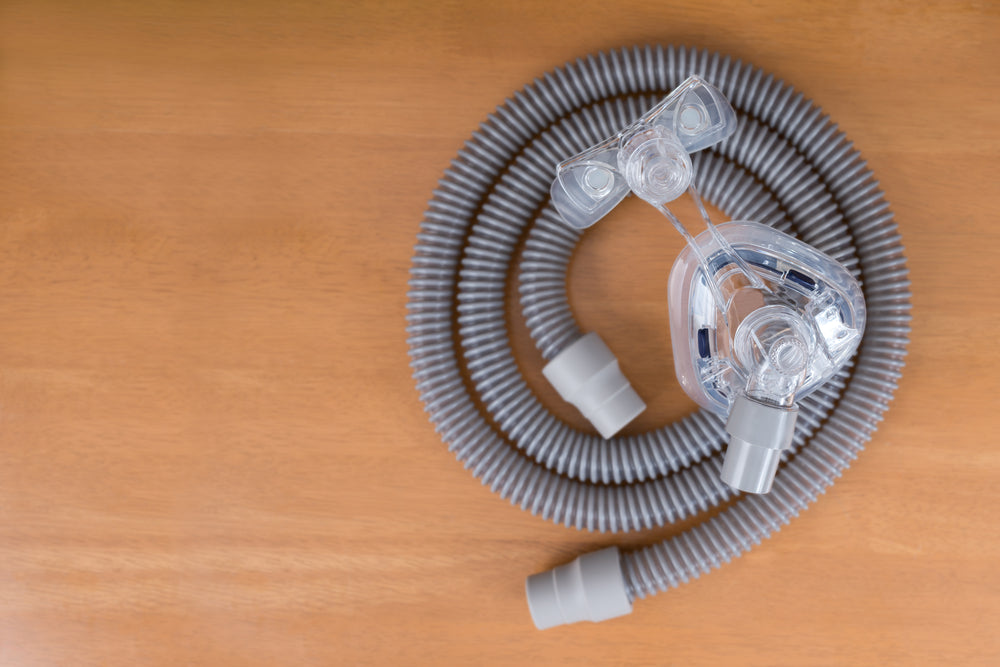A CPAP machine is a great tool for combating sleep apnea, and, like most great tools, it requires regular care and maintenance to keep it (and you) in tip top shape. When utilized correctly, you should be using your CPAP machine an average of 8 hours a night, and, in that time, your machine is exposed to room air, your breath, humidifying moisture, microorganisms, and many other small particulates.
Because of this exposure, it is imperative for you to clean your entire CPAP machine regularly, but especially your hose or tubing that can be a hotbed of bacteria if left unclean for too long. Because of this, it is also important to order replacement tubing when appropriate. But here are a few tips and tricks so you can get the most out of each hose.
Tried and True: Dish Soap and Warm Water
Some methods are a classic for a reason. One of the best, and easiest, ways to keep your CPAP hose clean is to wash it daily, or at least every other day, in warm soapy water. Dish soap or hand soap are a couple of safe options.
Simply fill a sink with warm water while adding in enough soap to make it bubbly. Run the warm, soapy water through the hose, so it can effectively clean all the peaks and valleys of the tubing. Then rinse it thoroughly until there is no more soap in the tubing and let air dry.
Effective and Easy: Cleaning with Vinegar
Vinegar is truly the Swiss Army knife of cleaning products, and it can definitely come in handy when you need to clean and disinfect your CPAP hose. After washing your tubing with soap and warm water as outlined above, rinse it thoroughly.
After you’ve rinsed, soak the tubing in a solution of 2 parts white vinegar and 3 cups water (i.e. 1 cup vinegar and 1½ cups water) for 30 minutes. After the 30 minutes, rinse well with warm water and let air dry.
Prevent and Protect: Ongoing Care and Maintenance
Exposure to the elements is the main reason why it’s crucial to clean your CPAP regularly. Just breathing into the machine every night creates enough exposure that you don’t need to be combating any extraneous bacteria that might be sneaking in through tears or holes in the hose.
Every morning, you should carefully examine your tubing for holes or tears, however small, and be particularly careful to look around the cuff. Holes in the cuff can cause leakage and compromise the effectiveness of your CPAP therapy.
If you should find any tears, be sure to replace the tubing as soon as possible. If you have to wait for a new hose to ship, clean your hose daily with extra care.
Keeping your CPAP machine and tubing clean is essential to receive clean, effective treatment for your sleep apnea. Keeping your tubing clean will also ensure that the equipment lasts as long as possible so you can keep your treatment consistent and plan ahead for replacement parts. Remember that planning and maintenance through these cleaning methods can save money on replacement parts down the road.

